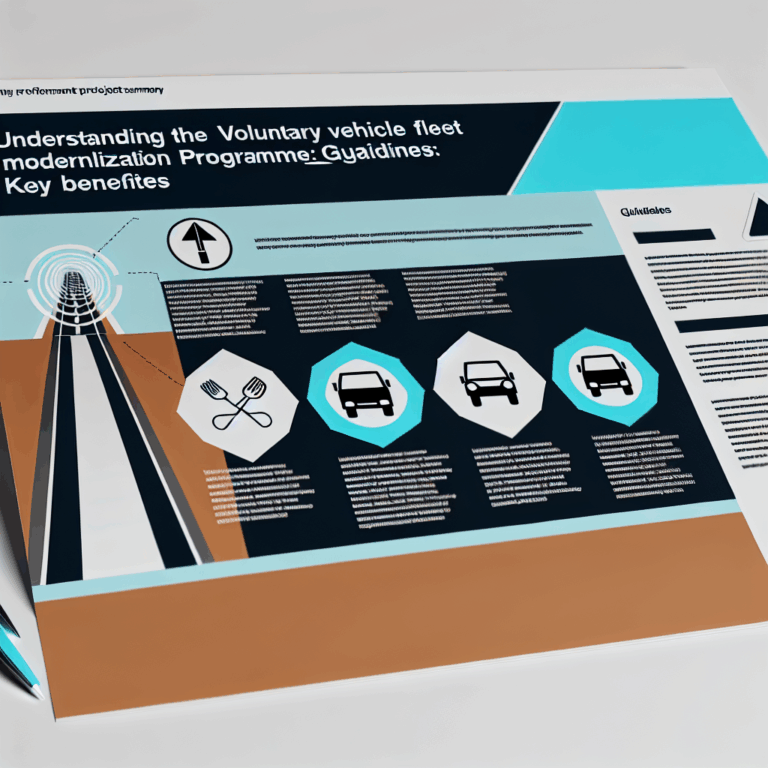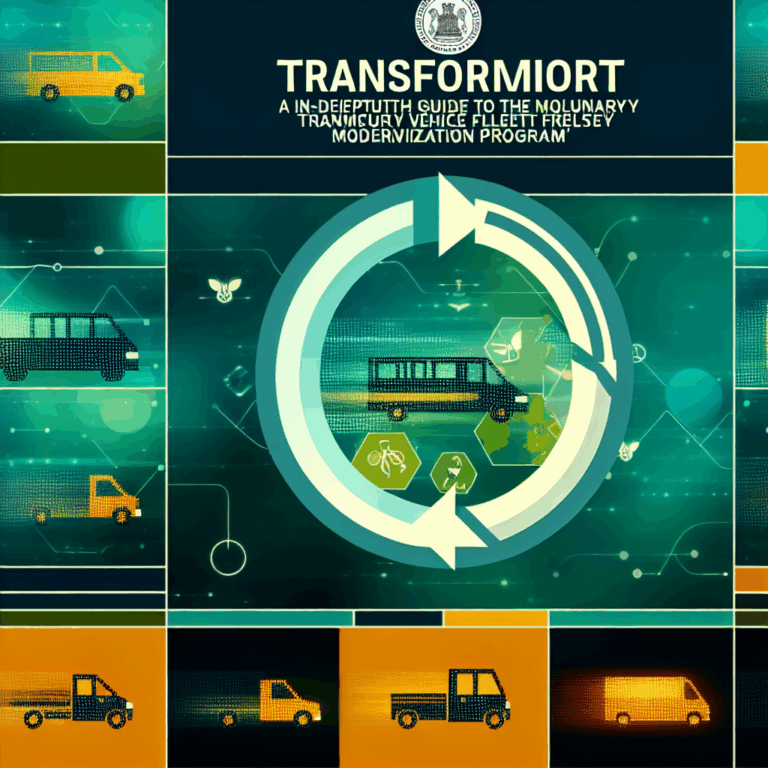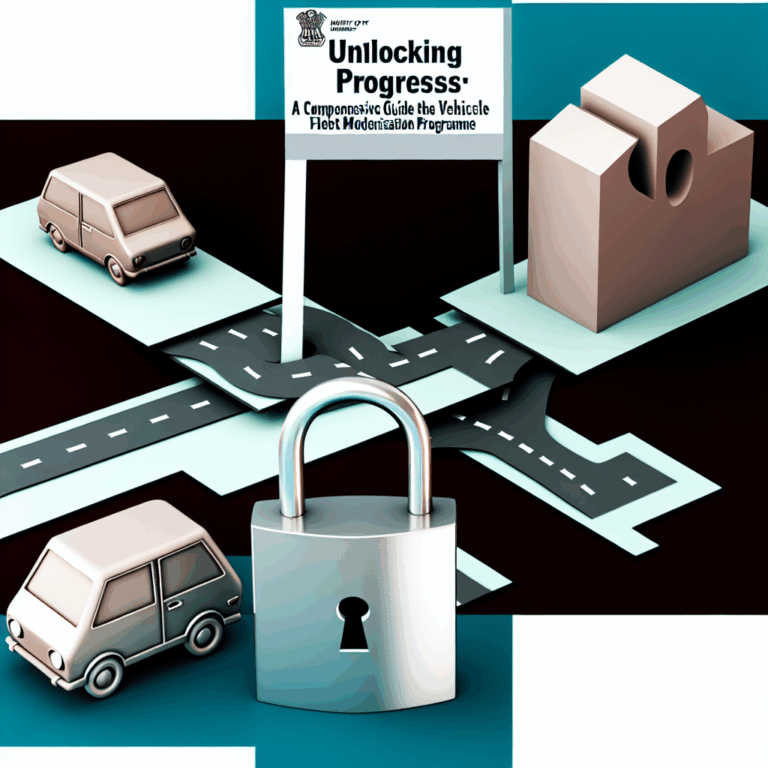Copyright @ 2023 www.digimitr.com. All rights reserved.

Exploring Pradhan Mantri Gram Sadak Yojana (PMGSY) – IV: Transforming Rural Connectivity and Development
Explore the key aspects of the government scheme titled “Exploring Pradhan Mantri Gram Sadak Yojana (PMGSY) – IV: Transforming Rural Connectivity and Development”. This program is overseen by the relevant ministry and aims on delivering benefits to eligible beneficiaries.
Here is a comprehensive overview:
The Pradhan Mantri Gram Sadak Yojana (PMGSY) is a flagship program initiated by the Indian government aimed at providing all-weather road connectivity to unconnected villages, thereby enhancing rural development. Launched in 2000, this initiative has transformed the rural landscape of India by ensuring connectivity to economically backward regions. The fourth phase of PMGSY, referred to as PMGSY-IV, aims to further enhance its scope and effectiveness by focusing on sustainability and modernization of rural roads. This article delves into the various aspects of PMGSY-IV, including its eligibility, key features, benefits, and recent updates.
To be eligible for the PMGSY scheme, villages must meet several criteria. They should be unconnected or lack all-weather road access. Specifically, the scheme targets villages with a population of 250 or more, according to the 2001 Census. Special emphasis is laid on connecting tribal and backward areas, as these regions historically lack adequate infrastructure. Furthermore, the program aims to include villages in aspirational districts, where the need for development is more pronounced. The focus is on remote and marginalized communities, ensuring that the benefits of development reach everyone.
PMGSY-IV incorporates several innovative features intended to enhance rural connectivity. One of the primary focuses is on the construction of high-quality roads with an emphasis on sustainability. The use of green technologies and materials is encouraged, thereby minimizing the environmental impact. The program also emphasizes resilience, ensuring that roads can withstand extreme weather conditions and natural calamities.
Another important feature is the integration of digital technologies. Under PMGSY-IV, the use of satellite imagery and Geographic Information Systems (GIS) is leveraged for better planning and monitoring. This enables the real-time tracking of project progress, ensuring timely completion and transparency. The scheme also looks to incorporate community participation, urging local bodies to take an active role in the decision-making process.
The benefits of PMGSY-IV extend beyond just road connectivity. Improved infrastructure is expected to result in better access to essential services such as healthcare, education, and markets. Enhanced connectivity can boost agricultural productivity by allowing farmers easier access to markets, ultimately leading to a rise in rural incomes. With better roads, businesses can thrive, benefiting the overall economy and quality of life in rural areas.
The application process for PMGSY-IV generally involves a multi-tiered approach. State governments are primarily responsible for submissions, which include planning and identification of eligible villages for road construction. Local bodies like Panchayati Raj institutions are encouraged to participate actively in the proposal preparation. Once proposed, the applications are reviewed at the national level for approval, along with the appropriate funding requisition to commence work.
To facilitate transparency, the project details and progress are made available on digital platforms, enabling stakeholders and the general public to monitor the ongoing projects. Stakeholders are also encouraged to provide feedback, ensuring that the schemes remain relevant and effective in meeting the community’s needs.
PMGSY-IV is backed by a robust financial structure, with funding coming from both the central and state governments. The budget allocation for this phase shows a significant increase as compared to the previous phases, reflecting the government’s commitment to rural development. Additional funds may be sourced from various international financial institutions or partnerships, focusing on sustainable development goals.
Financial proposals are closely monitored, ensuring that funds are utilized efficiently and exclusively for the intended infrastructure improvements. Special provisions are also made to allocate funds specifically for maintenance and repair of existing rural roads, thus promoting long-term sustainability.
Since its inception, the PMGSY has seen substantial achievements in transforming rural connectivity. Millions of kilometers of roads have been constructed, directly benefiting numerous villages. PMGSY-IV aims to further these achievements by emphasizing quality and sustainability, focusing on areas that were previously neglected.
Additionally, the scheme has had a multiplier effect on the rural economy. Increased mobility has led to better access to markets, healthcare, and education, contributing to overall socio-economic development. The improvement in infrastructure has also attracted investment, further speeding up economic growth.
Despite its successes, PMGSY-IV does face some challenges. Implementation delays can occur due to bureaucratic processes, land acquisition issues, or natural obstacles. Additionally, the need for regular maintenance of rural roads often gets overlooked, leading to deterioration over time. There is also the challenge of ensuring that the quality of construction meets the required standards.
Moreover, integrating innovative technologies and ensuring that local communities are actively involved in various phases of the project can sometimes be met with resistance. Addressing these challenges is vital for the sustained benefits of the program.
Recently, the government has announced various initiatives aimed at further enhancing the impact of PMGSY-IV. Additional funding has been allocated for maintenance and development, focusing on smart road technology. Collaborations with tech companies have also been initiated to enhance data collection and analysis related to road usage and maintenance needs.
Moreover, local training programs are being introduced to educate communities on road maintenance and safety. These initiatives are designed to empower rural populations and foster a sense of ownership, which is crucial for the long-term success of the roads built under this scheme.
The Pradhan Mantri Gram Sadak Yojana-IV represents a significant step forward in addressing rural connectivity issues in India. By focusing on high-quality construction, sustainability, and community participation, the program holds the promise of transforming the rural landscape for the better. As PMGSY-IV advances, it is essential for all stakeholders to remain committed to overcoming challenges and ensuring that the benefits reach every corner of the rural heartland. The success of this initiative could well serve as a blueprint for similar projects aimed at fostering rural development across the globe.
What is the main objective of PMGSY-IV?
The primary objective of PMGSY-IV is to enhance rural connectivity by providing all-weather roads to unconnected villages, thereby facilitating better access to essential services and contributing to the overall socio-economic development of rural India.
Who is eligible to benefit from this scheme?
Villages with a population of 250 or more, as recorded in the 2001 Census, are eligible under PMGSY-IV. Special consideration is given to tribal and backward areas as well as villages in aspirational districts.
How is PMGSY-IV funded?
Funding for PMGSY-IV comes from both the central and state governments, with a significant budget allocation dedicated to this initiative. Funds may also be sourced from international financial institutions or through partnerships focusing on sustainable development.
For more information, check out official government site,
Official government website or relevant source not provided.
Stay updated on related schemes and initiatives using hashtags: #Exploring #Pradhan #Mantri #Gram #Sadak #Yojana #PMGSY #Transforming #Rural #Connectivity #Development
Feel free to share about this scheme in the comments below!





